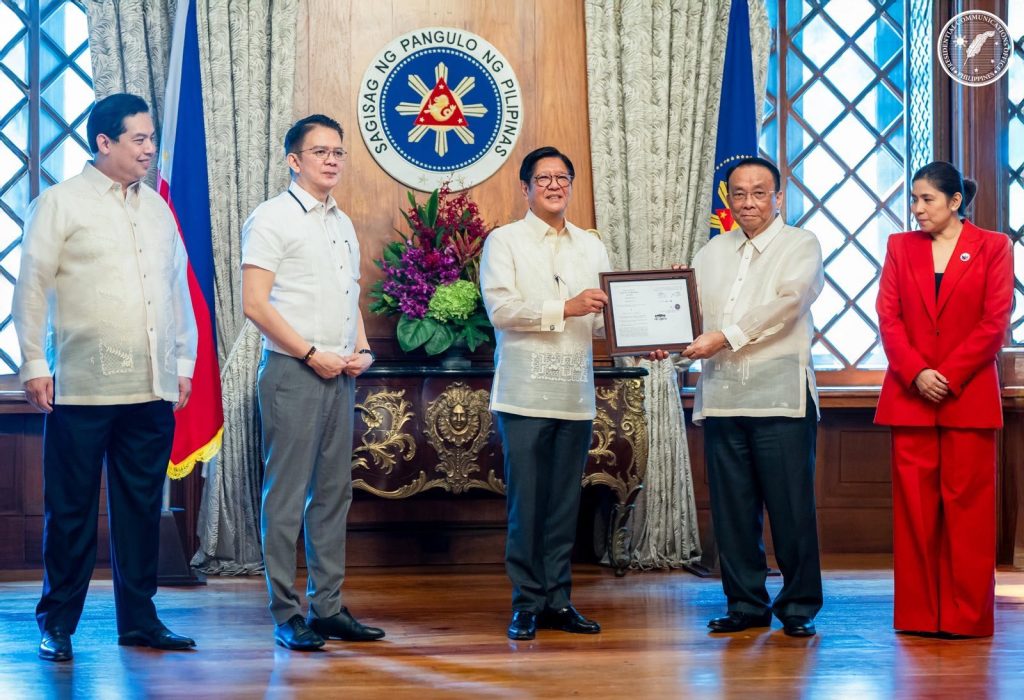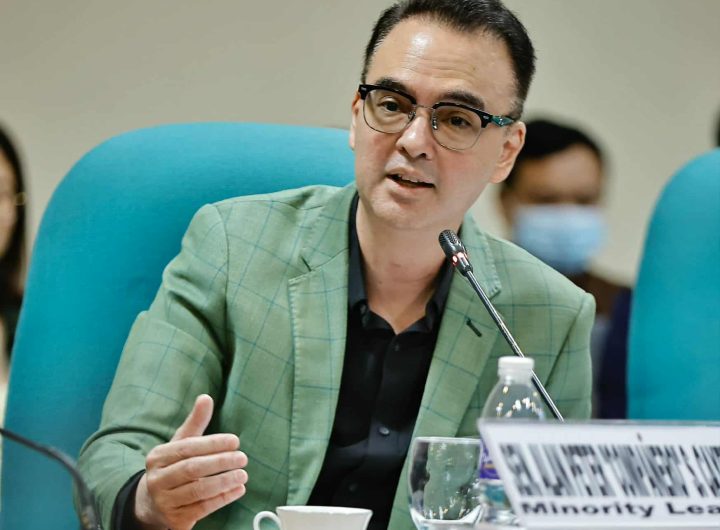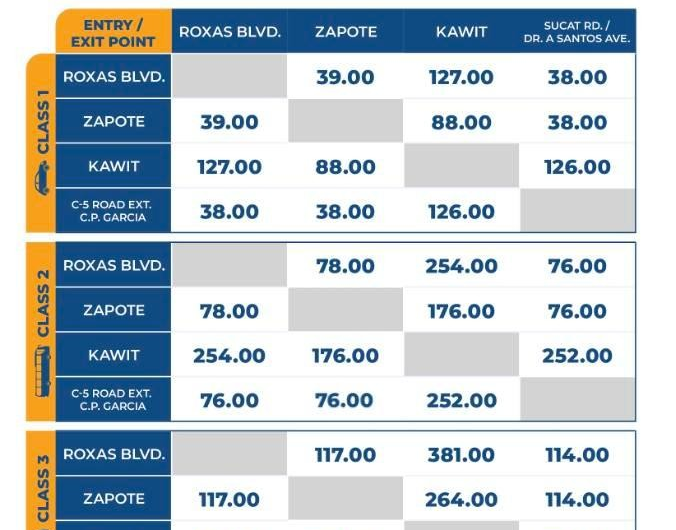
CONGRESS leaders on Tuesday presented to President Ferdinand R. Marcos Jr. the signed Government Optimization Act, which aims to enhance the delivery of public services through improved efficiency, transparency, and accountability.
Republic Act 12231, also known as the Government Optimization Act, was signed into law by President Marcos on August 4. This significant legislation represents a pivotal step towards a more efficient and responsive government.
RA 12231 provides for strengthening, merging, or abolishing agencies and functions deemed redundant or misaligned, while protecting the welfare of civil servants.
The transformative law grants the President the authority to reorganize the executive branch by consolidating, strengthening, or eliminating redundant agencies and functions.
By streamlining government operations, the Act is expected to enhance the delivery of public services.
The landmark reform underscores the government’s commitment to a more agile bureaucracy, ensuring that services reach Filipinos faster, better, and with a stronger focus on social protection and fiscal responsibility.
Among those present were Executive Secretary Lucas Bersamin, Senate President Francis Escudero, House Speaker Martin Romualdez, Senators Sherwin Gatchalian, Joel Villanueva, and Alan Peter Cayetano, Special Assistant to the President Antonio Ernesto Lagdameo Jr., Budget Secretary Amenah F. Pangandaman, and Undersecretary and Presidential Legislative Liaison Office (PLLO) head Adrian Carlos Bersamin.
Earlier Escudero said the signing of the Government Optimization Act marks a pivotal step toward a more efficient and responsive bureaucracy.
He said the reform is designed to eliminate overlapping mandates and streamline operations across government agencies, ensuring faster and more effective service delivery to the public.
Contrary to misconceptions, the leader of the Senate said the law is not about downsizing or cost-cutting. Its core intent is to transform government into a well-coordinated system—one that removes institutional bottlenecks and empowers agencies to serve with greater agility and purpose.
Under the Government Optimization Act, the President is granted authority for five years to reorganize the executive branch. This includes the power to merge, consolidate, transfer, split, scale down, abolish, or create agencies as needed to optimize governance.
Certain sectors are exempt from the program, including teaching and teaching-related positions in public schools and universities, as well as military and uniformed personnel.
Constitutional bodies, the judiciary, legislature, and local government units are also excluded, though they may voluntarily adopt similar reforms.
Ultimately, the law promotes career advancement and professional growth among government personnel.
The Senate leader said that by fostering a culture of merit and performance, it aims to inspire public servants to work with renewed dedication for the Filipino people.

 LIBERAL PARTY TO EXPEL MEMBERS FOUND GUILTY OF CORRUPTION – PANGILINAN
LIBERAL PARTY TO EXPEL MEMBERS FOUND GUILTY OF CORRUPTION – PANGILINAN  ‘INVESTIGATION CIRCUS’ ON CORRUPTION DAMAGING PH IMAGE ABROAD — CAYETANO
‘INVESTIGATION CIRCUS’ ON CORRUPTION DAMAGING PH IMAGE ABROAD — CAYETANO  AGRI TRUCKS, PUVs TO ENJOY 90-DAY TOLL REPRIEVE AS CAVITEX IMPLEMENTS NEW RATES
AGRI TRUCKS, PUVs TO ENJOY 90-DAY TOLL REPRIEVE AS CAVITEX IMPLEMENTS NEW RATES  KUYA KIM ATIENZA’S DAUGHTER EMMAN PASSES AWAY AT 19
KUYA KIM ATIENZA’S DAUGHTER EMMAN PASSES AWAY AT 19  KANLAON VOLCANO ERUPTS
KANLAON VOLCANO ERUPTS  HUNGARY OFFERS MORE JOBS FOR FILIPINOS UNDER GUEST WORKER PROGRAM
HUNGARY OFFERS MORE JOBS FOR FILIPINOS UNDER GUEST WORKER PROGRAM  LOLO DIES AFTER SAVING GRANDCHILDREN IN MARIKINA FIRE
LOLO DIES AFTER SAVING GRANDCHILDREN IN MARIKINA FIRE  WOMAN FOUND SLAIN INSIDE CHURCH IN CEBU
WOMAN FOUND SLAIN INSIDE CHURCH IN CEBU  GRADE 2 STUDENT RAPED, HEAD SLAMMED AGAINST WALL IN MABALACAT
GRADE 2 STUDENT RAPED, HEAD SLAMMED AGAINST WALL IN MABALACAT  ARCHIE ALEMANIA FOUND GUILTY OF ACTS OF LASCIVIOUSNESS
ARCHIE ALEMANIA FOUND GUILTY OF ACTS OF LASCIVIOUSNESS